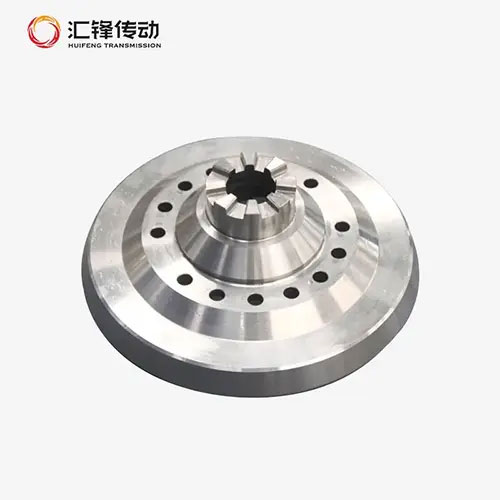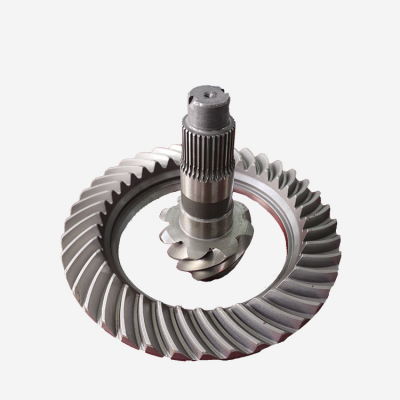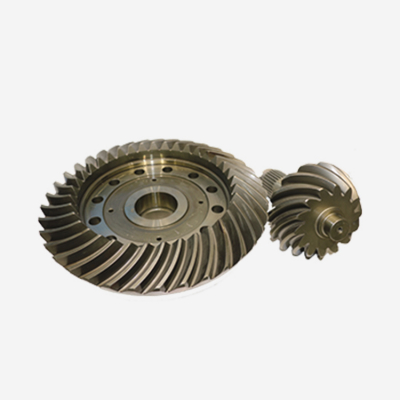What is the difference between conjoined bevel gears and worm gears?
Joint bevel gears and worm gears are two common gear types in mechanical transmission systems. They are very different in structure and working principle. The characteristics and differences of these two gears will be introduced in detail below.
Structural conjoined bevel gears are composed of two bevel gears. Their gear tooth surfaces are conical and can transmit power on parallel or cross axes. Joint bevel gears usually consist of gear tooth surfaces and a center bearing. The worm gear consists of a worm and a worm gear. The worm is a cylinder with worm helical teeth, and the worm gear has corresponding worm gear teeth, which can transmit power through the meshing between the worm and the worm gear.

The power transmission mode of the conjoined bevel gear is to transmit power through the meshing between two bevel gears. When one of the bevel gears rotates, the other bevel gear also rotates. Their main transmission modes are parallel shaft transmission and cross shaft transmission. Parallel shaft transmission means that the axes of the two bevel gears are parallel and can transmit power on the same plane. Cross-shaft transmission refers to the intersection of axes between two bevel gears, which can transmit power in different planes. Worm gears transmit power through the meshing between the worm gear and the worm. The slope of the worm gear teeth allows the worm to transmit force in only one direction, which can achieve a large proportion of speed reduction.
Force transmission efficiency The conjoined bevel gear has high force transmission efficiency. Due to the constant geometry and contact angle of the gear tooth surfaces, their transmission efficiency can typically reach over 98%. Worm gears have lower force transmission efficiency. Due to the bevel characteristics of the worm gear teeth, the efficiency of worm gear transmission is low, usually between 70% and 90%.
Load-carrying capacity The conjoined bevel gear has a high load-carrying capacity. Because bevel gears have a larger tooth surface area, they are able to withstand greater torques. Therefore, when large torque and load-bearing capacity need to be transmitted, conjoined bevel gears are often a better choice. Worm gears have relatively low load-carrying capacity and are mainly suitable for light load and low-speed transmission applications.
Precision requirements: Joint bevel gears require high-precision manufacturing and assembly to ensure their accurate gear meshing and transmission accuracy. The manufacturing and assembly requirements of worm gears are relatively low, making it easier to calibrate and adjust the transmission system.
To sum up, there are obvious differences between conjoined bevel gears and worm gears in terms of structure, power transmission mode, force transmission efficiency, load-bearing capacity and accuracy requirements. Selecting the appropriate gear type requires comprehensive consideration based on specific application requirements and operating conditions.
- 上一篇 : Strong confidence, stabilizing the economy and promoting development | Huifeng shares are listed on Shandong News Network again
- 下一篇 : Wenling Precision Forging took the lead in formulating the first domestic "General Technical Specifications for Precision Hot Forgings of Spiral Bevel Gears" to lead the high-quality development of the industry



